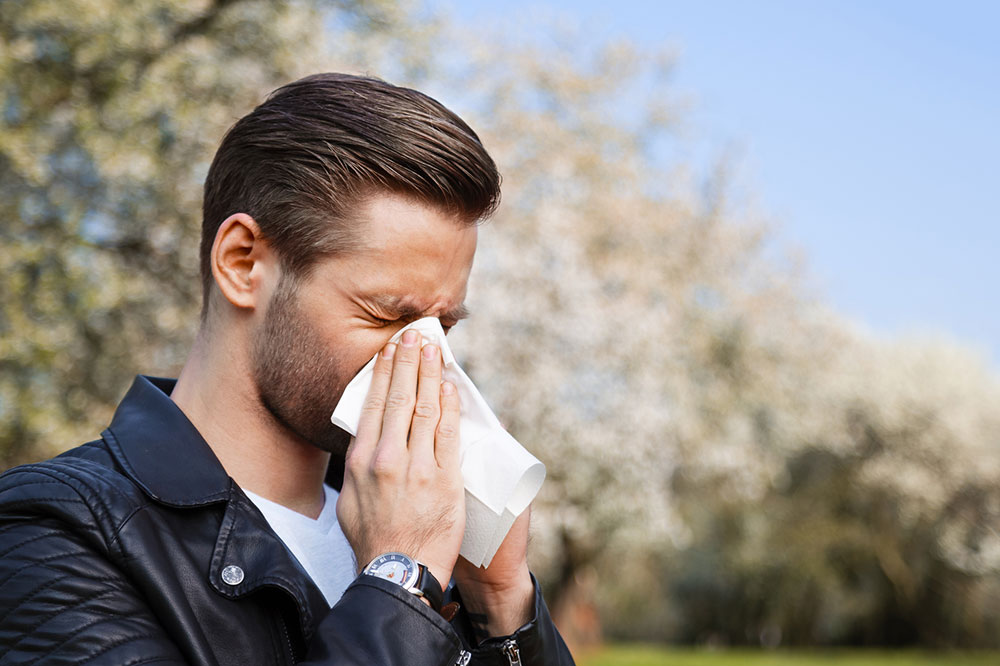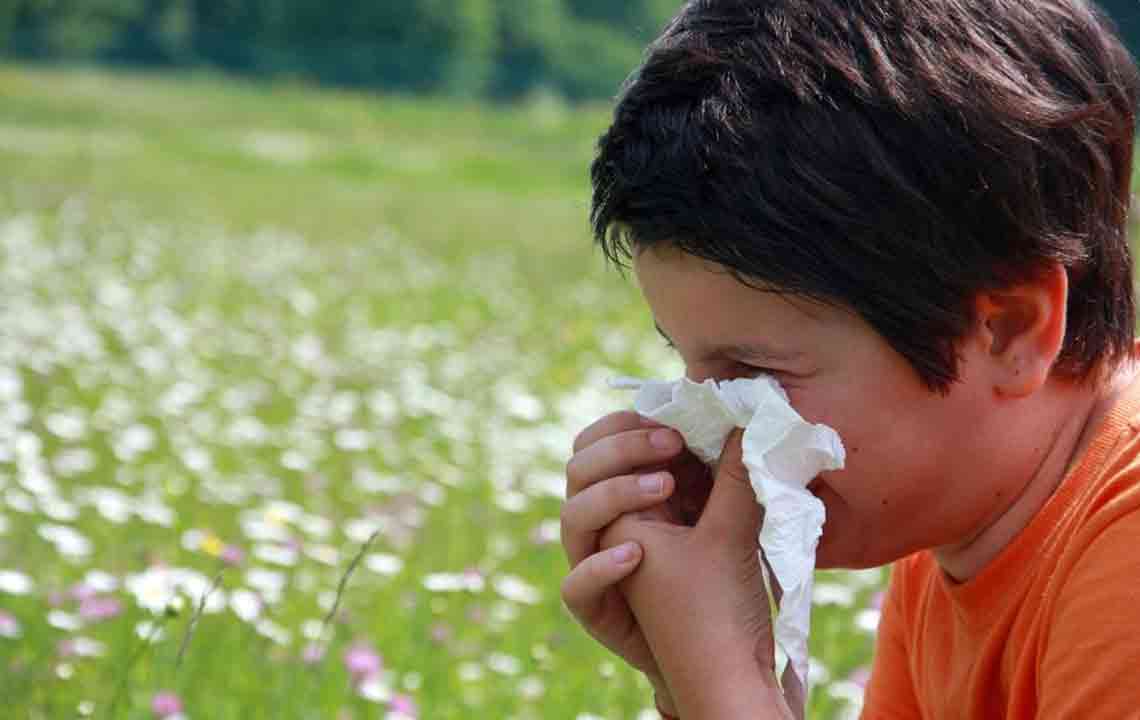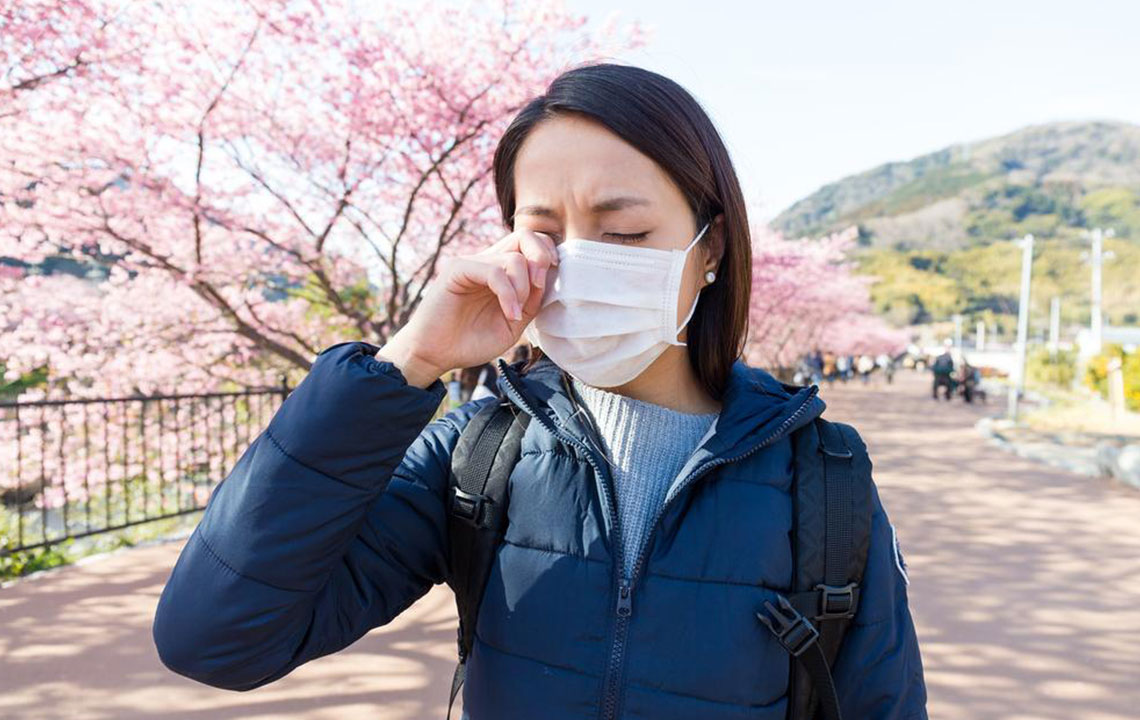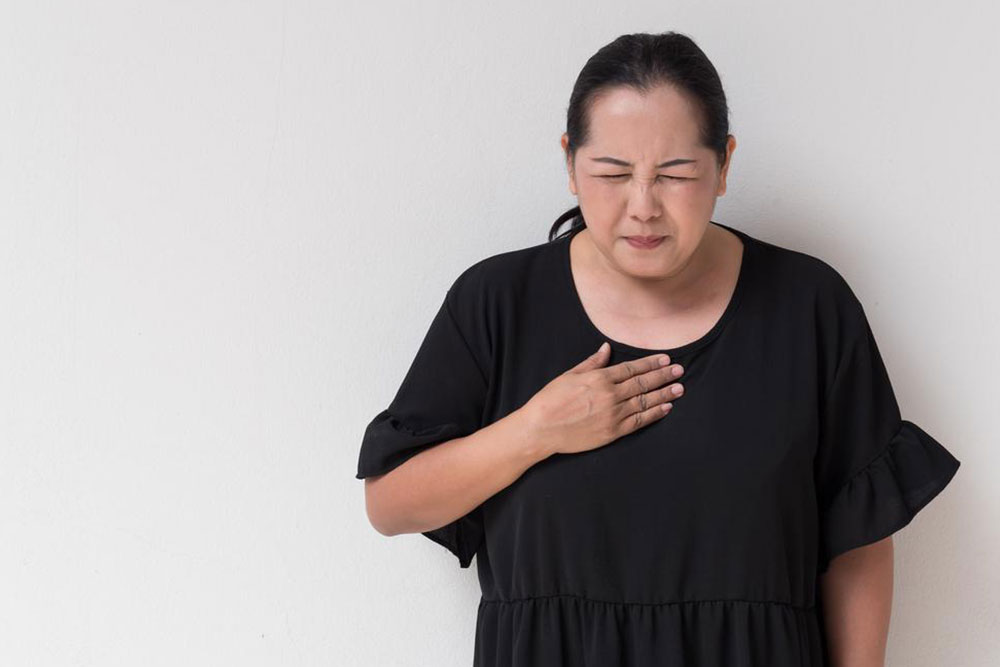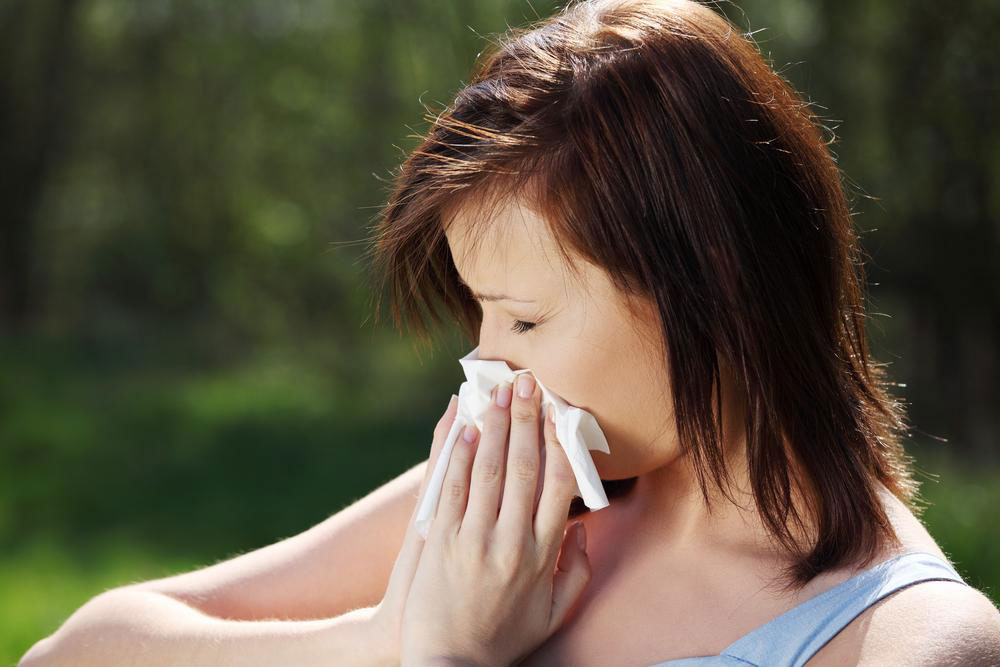Understanding Tree Pollen Allergies: Symptoms and Prevention Tips
This comprehensive guide covers the causes, symptoms, and effective strategies to manage tree pollen allergies. Recognizing offending trees and minimizing exposure can alleviate symptoms. Learn how to handle allergy flare-ups and stay comfortable during high pollen seasons with practical tips and medical advice. Ideal for allergy sufferers seeking relief and ways to improve their outdoor experience during pollen season.
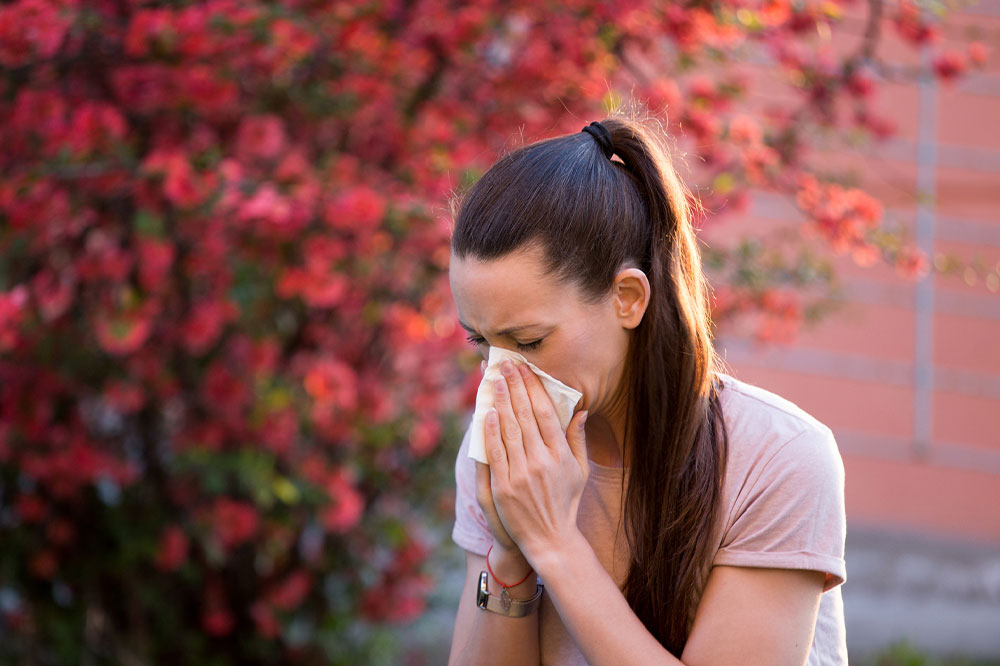
Understanding Tree Pollen Allergies: Symptoms and Prevention Tips
This article explores how tree pollen affects allergy sufferers, especially during spring when pollen levels peak. Not limited to spring, symptoms can occur year-round during late winter or summer when certain trees release pollen. Key allergenic trees include birch, oak, elm, cedar, and pine, among others. Areas like central Texas experience cedar fever from November to January, caused by high cedar pollen counts. Recognizing common allergy signs and effective strategies to minimize exposure can help individuals manage symptoms better.
Tree species responsible for allergies
Several tree types are known to trigger allergic reactions in sensitive individuals.
Common trees linked to pollen allergies include:
Birch, Hickory, Elm, Oak, Beech, Ash, Sycamore, Cottonwood, Willow, Alder, Juniper, Cypress, Ragweed, Maple, Walnut, Olive, Pine, Acacia, Cedar
Cedar fever and its impact
Though rarely allergic to cedar directly, many in regions like central Texas experience cedar fever during November to January, when cedar trees release pollen, causing allergy symptoms.
Typical tree allergy symptoms
Symptoms usually appear within an hour of pollen exposure and can persist throughout the day. They tend to worsen during certain times, particularly mornings. Common signs include:
Runny nose: Clear nasal discharge often seen with allergic reactions.
Nasal congestion: Feeling of blockage or stuffiness making breathing difficult.
Postnasal drip: Mucus flowing into the throat from the nasal cavity.
Frequent sneezing: Often repetitive and severe.
Itchy nose, mouth, eyes, and ears: Mild to intense discomfort.
Red, watery eyes: Often accompanied by swelling.
Irritability and mood swings due to discomfort.
Fatigue and tiredness: Persistent feeling of exhaustion.
Sleep disturbances: Difficulty breathing at night leading to disturbed sleep.
Individuals with asthma may experience heightened symptoms like coughing, wheezing, chest tightness, and shortness of breath. Some also develop oral allergy syndrome, causing mouth itchiness and swelling after consuming certain foods.
Strategies to reduce tree pollen allergy symptoms
Although complete avoidance is challenging, certain measures can significantly ease symptoms. Consulting a healthcare provider for appropriate medications, such as antihistamines or nasal sprays, is recommended. To minimize exposure:
Avoid outdoor activities during early morning hours when pollen counts are high.
Keep windows closed in vehicles and homes to prevent pollen entry.
Change clothes and shower after outdoor exposure to wash off pollen.
Refrain from hanging laundry outside during allergy season.
Limit outdoor activities during windy days or when pollen levels spike.
Implementing these practices can help manage symptoms and improve quality of life during high pollen periods.

